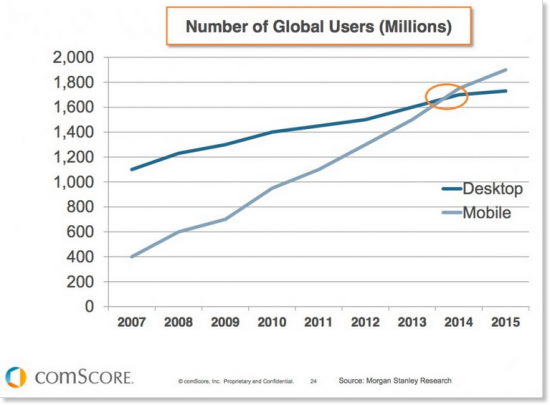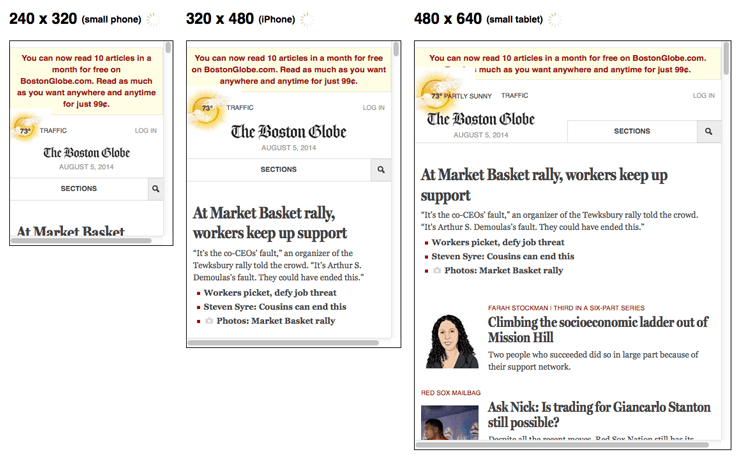by Charles River Interactive | February 17, 2016 | Paid Search
Customer Match gives advertisers an incredible new tool that allows them to leverage their own CRM data to target with pinpoint accuracy and deliver extremely relevant messaging to existing and potential customers.
As an agency we started getting familiar with this concept through Facebook’s Audience Targeting, which gives advertisers the ability to upload their email lists into the Facebook Ads platform, and serve ads to users on those lists. We’ve seen some great successes with clients across a number of industries, so we’re very excited that something similar will be available within Google.
How Does Google Customer Match Work?
Customer Match creates targeted lists for campaigns across Google-related channels: Google Search, YouTube and Gmail. You upload your customer information, such as e-mail addresses, and this tool helps you build customized experiences for them.
Here are the basics of how it works:
- Advertisers create marketing lists based on customer data
- AdWords matches Advertiser’s email addresses to Google accounts
- Target ads reach audiences across devices and channels
Benefits of Google Customer Match
Customer Match can serve multiple marketing objectives. Among its key benefits, you could use it to:
- Generate awareness: Announce a new product to past purchasers
- Influence consideration: Serve ads to lapsed customers or users with empty carts
- Drive Purchases: Take advantage of cross selling and upselling to existing customers
- Increase Loyalty: Present enticing offers to your most valuable customers
How We Use Customer Match at Charles River Interactive
We’ve helped a number of our clients get a jump on advertising with Customer Match already. Some examples include:
- A non-profit client looking to drive holiday card sales using a list of past donors. Paired with holiday card keywords, this list will serve as a remarketing list for search ads to previous donors searching for holiday cards.
- An ecommerce client selling automotive accessories is using Customer Match to serve Gmail Sponsored Ads to past purchasers based on the make and model of vehicle they have previously purchased
- We are working with a number of our higher education clients to build a strategy designed to drive deposits from accepted undergraduate students. Using a customer match will allow these institutions to continue their conversation with perspective students through search, Gmail sponsored ads and on YouTube.
Interested in learning more about SEO and paid search trends? Read more from our blog, View from the Charles:
by admin | March 27, 2015 | Industry Trends, Paid Search, Uncategorized
Why Do You Need a Mobile Website?
With technology constantly growing and advancing, the average website now receives approximately 60% of its traffic from a mobile device.[1] Google reports that 94% of people with smartphones search for local information on their phones and 77% of mobile searches occur at home or work, places where desktop computers are most likely to be present. In 2014, the number of mobile users surpassed the number of those using a desktop. These statistics confirm the growing popularity and need for a company’s mobile presence online, including the need for a well-constructed mobile website.

Updates to Mobile Search
In April 2015, Google will introduce mobile-friendliness as part of their search algorithm. This update will put emphasis on sites designed for mobile search and give priority to these pages in search results.
Google has also made a number of display updates for mobile search results, including separating results with a colored line
and app indexing, where users will be served a link to a previously downloaded app if appropriate. Google now labels mobile friendly websites directly within search results. Having this label may help increase click through rates, as users know a mobile friendly website is more likely to load quicker and will be easier to navigate on their device. You may also see the word “slow” next to websites with long page load times.
Google also has available a Mobile Usability report within Webmaster Tools and a PageSpeed Insights tool for mobile sites. This is a great start for understanding where your website currently stands in terms of mobile usability.
What is a Mobile Website?
The most common type of mobile website uses a “responsive design.” A responsive design website is a single website coded to “respond” to the device of a user. With this design, the website can adapt by changing the width of columns, text size, button spacing, etc. to offer optimal mobile viewing for the user.

Another type of mobile website is the “M.” site (m.site.com), which creates a separate mobile website. These sites are becoming less popular as they often provide a poor user experience and require much more coding to maintain. Mobile-only pages also need to build up their own reputation (content, links, etc.) because they do not receive shared indexing signals from an existing desktop version of the page.
[1] http://smallbiztrends.com/2014/07/online-traffic-report-mobile.html
by admin | June 27, 2014 | Local SEO, Paid Search, Search Engine Marketing, SEO, Uncategorized
Since its launch in 2011, there has been reluctance among many marketers and non-marketers to embrace Google+ as a preferred social platform. Any mention of Google+ is usually met with an eye roll and the common (often-rhetorical) question: ‘Who even uses Google+?’ What has been lost on some, however, has become an advantage for others, considering the Google-owned social network functions hand-in-hand with local search and organic search display.
You can find local search influence in the Google Carousel, Google Maps, and on mobile devices – all three pull from Google+ and local search.
Google+ commands 300 million users and influences 43% of all Google searches with local query intent. Since the early years of Google’s social network, there have been several updates to increase ease of use. Previously known as Google Places, which became Google+ Local, the platform evolved last week to become Google My Business. The recent launch of Google My Business has changed the way we utilize Google products through the successful integration of social, search, and maps, all of which provide a better experience for customers worldwide (Google My Business is available in 236 countries and 65 languages).
Two of the most important updates in Google+ evolution are the improved user experience and cleaner dashboard operating system, as Local SEO experts have been bemoaning both for years. Google took notice and delivered a strong solution with Google My Business.
Google My Business Updates – in plain English
(more…)


